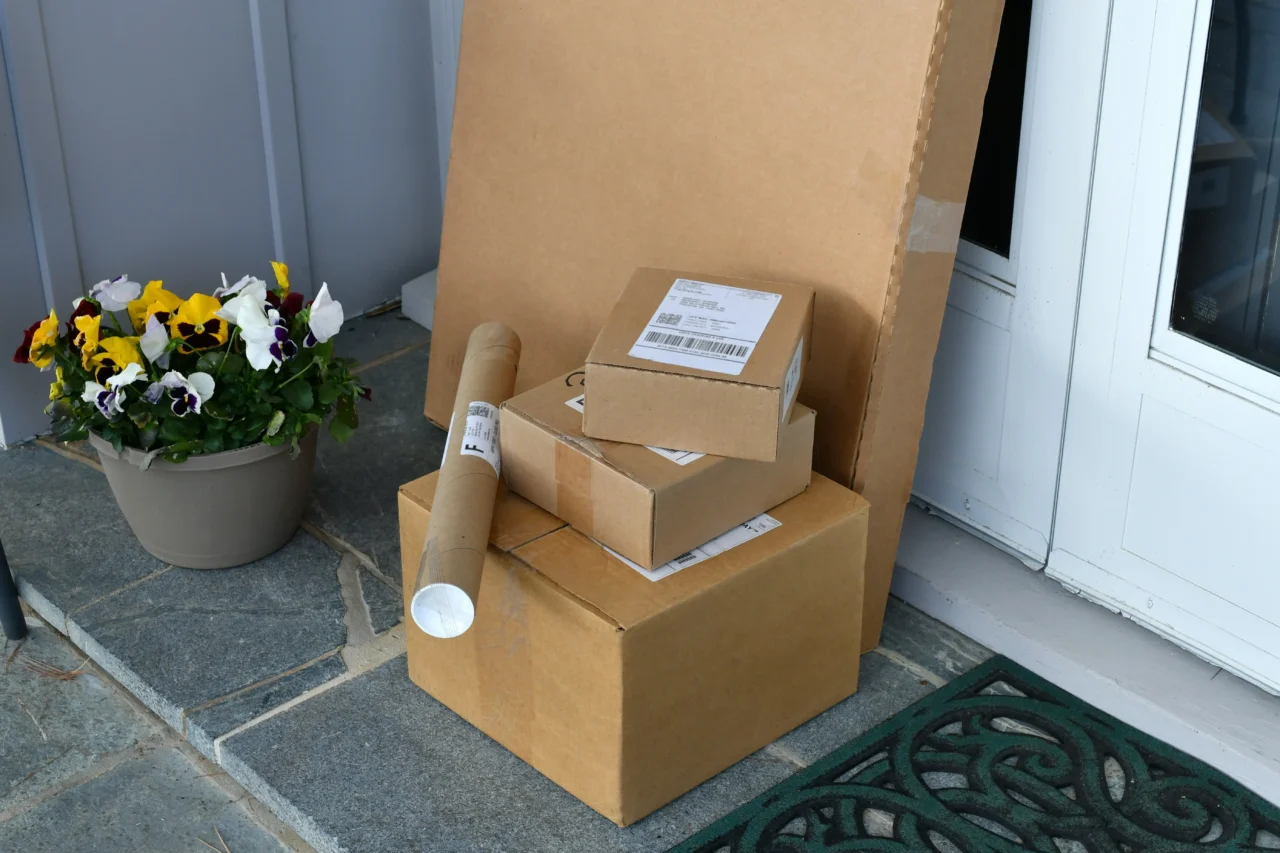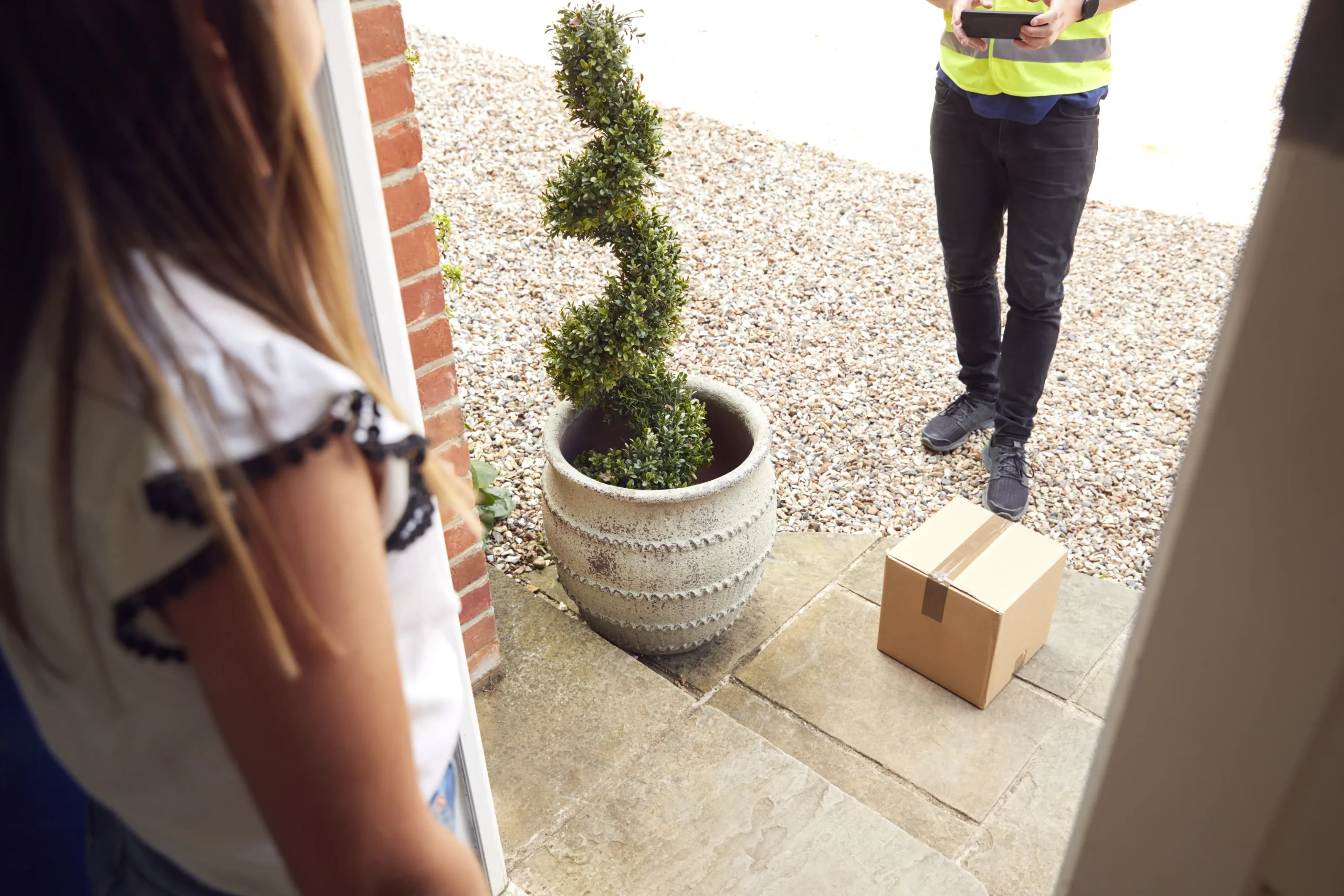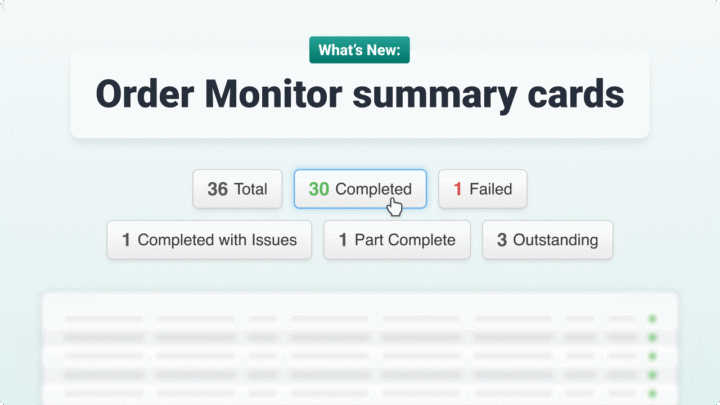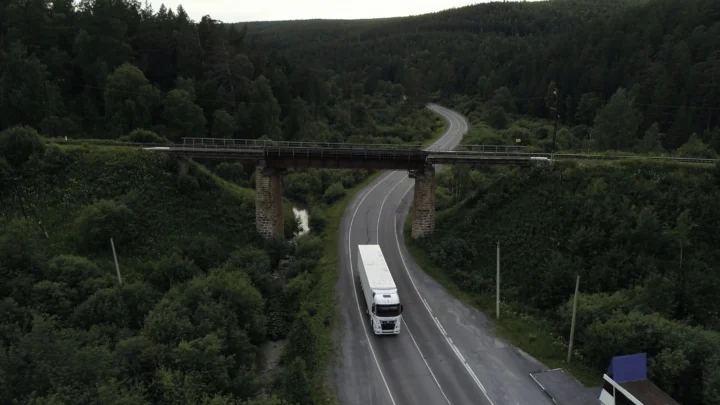In the logistics sector, efficiency and transparency are key to the success of any operation.
One tool that can significantly enhance these aspects is Proof of Delivery (PoD) – and in particular the use of photos with in the POD.
This practice involves capturing photos as evidence of successful deliveries (and if there are any issues with that delivery).
Proof of delivery photography can address several pain points in logistics – it can help reduce disputes, streamline returns, and improve customer satisfaction.
In this article, we’ll analyse five key reasons why you should incorporate photo Proof of Delivery into your logistics operation.
- Enhance customer trust and satisfaction
Customer trust and brand loyalty play an essential role in business, and the use of photos in the Proof of Delivery can greatly enhance this trust.
When customers receive photo evidence of their deliveries, particularly if they are not at the premises at the point of delivery, it builds trust and confidence in the service.
Photos provide a transparent view of when and where deliveries occur, creating an audit trail of accountability.
Combine the photo with the time and date stamp when the photo was taken (standard within the Stream mobile app) and the GPS location where the photograph was taken (again, a standard feature in Stream) then you’ve got a complete record of that delivery.
There’s a little more about the importance of accurate GPS delivery locations here.
This transparency reduces customer concerns about lost or delayed parcels, and customers appreciate being able to verify delivery information with visual confirmation.
Incorporating this tool into your strategy shows your commitment to a great customer experience and indicates that your company values precision and accountability, which in turn fosters long-term loyalty.
- Streamline the returns and dispute resolution process
Managing returns and disputes is often not only a tedious task – but a part of the operation that can significantly impact your bottom line.
However, photo Proof of Delivery simplifies this process by providing irrefutable photo evidence, allowing businesses to quickly resolve issues.
Proof of delivery photography also acts as a deterrent against potential delivery-related disputes.

Customers can see that items have arrived as described. This clarity helps in making informed decisions, reduces the likelihood of disputes, and improves overall satisfaction.
For the logistics manager, photo evidence reduces the time spent investigating claims. It eliminates guesswork and provides clear-cut answers. This efficiency improves internal workflows and saves resources.
Additionally, capturing photos as proof of delivery can prevent fraudulent claims.
Customers are less likely to make unwarranted return requests when photos back up deliveries. This protects revenue and streamlines operations.
As Dan Ridgway, Co-Director at Children’s furniture wholesaler says in this article about managing furniture deliveries in-house the use of photo evidence can not only facilitate quicker returns and replacements, it can (going back to the point above), boost customer satisfaction:
“… you had one small issue that got resolved quickly, and that’s what we will try and do, because we’re there, we’re taking photographs of the assembled bed. If there’s a shake or a knock that customers are unhappy with already, we’re already sending a replacement part to replace it. And it’s, ‘oh, fantastic. That’s great. I didn’t expect that.
- Boost operational efficiency and transparency
Incorporating Proof of Delivery photography can significantly enhance operational efficiency.
By automating the capture of photo evidence so that information is uploaded to The Cloud, processes become swift and streamlined.
Delivery personnel can document POD information quickly which can be accessed business-wide, reducing time and effort spent on manual uploads.
For logistics managers, the ability to track and verify deliveries in real-time is invaluable. Photo evidence integrated into existing systems allows for precise monitoring.
This capability ensures that any anomalies are detected and addressed promptly.
It is worth noting, that if photos are not required in your proof of delivery process, then this can be configured in Stream as well.
- Contribute to sustainability and eco-friendly practices
Proof of delivery photography captured on a device, such as a rugged mobile device, can greatly contribute to sustainability efforts within logistics operations.
By choosing digital and eliminating the need for paper-based records, businesses reduce their paper consumption, so there’s no need to go ransacking cupboards in order to find Proof of Delivery from a year ago.
This means that there’s less reliance on physical documentation.
This shift not only saves trees but also cuts down on waste production.
By having a higher delivery success rate through using photos as Proof of Delivery this also reduces the number of redeliveries and therefore fuel consumption.
This transition to a digital solution supports a broader eco-friendly initiative, aligning with corporate sustainability goals.
It’s a simple step towards reducing the overall carbon footprint of delivery operations.
- Gain a competitive advantage
Incorporating Proof of Delivery photography positions businesses at the forefront of innovation.
Integrating photo evidence within systems, such as a Transport Management System , Warehouse Management System, or accounting software, to name but a few, enhances technological capabilities and offers a modernised service.
The use of photo evidence can also streamline operations through automation. Automatically capturing delivery photos saves time and reduces human error.

By seamlessly integrating ePOD with other systems, businesses can improve overall service reliability and efficiency by tackling challenges around manual input.
Businesses that adapt to technological advancements tend to outperform those that lag behind, making it a strategic move towards maintaining and expanding market presence.
Conclusion
Capturing photos as proof of delivery offers numerous advantages across logistics operations.
It enhances customer trust, streamlines processes, boosts efficiency, and supports eco-friendly goals.
Embracing this technology is a strategic step towards improved service and long-term growth.
Logistics leaders should prioritise integrating these practices to stay competitive and meet evolving market demands.
For more information on the topic of POD, read our ‘What is Proof of Delivery’ blog, or read more in-depth analysis on the benefits of using Electronic Proof of Delivery here.



